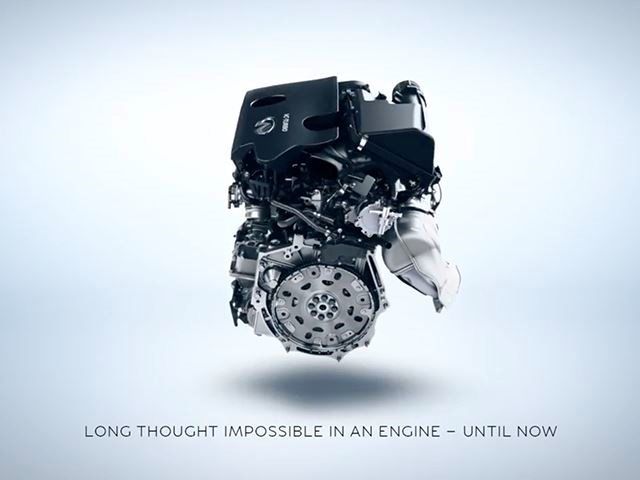
Though it ain't quite broke, the modern internal combustion engine could stand to see some fixing. Sophisticated as it might seem, a car's engine is still highly inefficient. Fuel infectors and positive crankcase ventilation systems can't quite save it because even now some of the most efficient cars on Earth can only utilize 30% of the energy locked inside of gasoline to actually move the car. That figure drops closer to 12% in larger SUVs-pathetic. Especially so to the audience that it really matters to, the regulators.
Though small changes have been made to the internal combustion recipe in recent decades, not many inspire as much hope as Infiniti's variable compression ratio engine. Unlike auxiliary components like turbochargers or 48-volt electrical systems that enable mild hybridization and engine-off highway coasting, Infiniti's variable compression ratio engine changes the fundamentals of how an engine works. And, according to Automotive News, it's about to hit the market. True to its name, the VC-turbo engine (it still has a turbocharger after all) has the ability to change the distance its pistons travel in the cylinders by up to 6mm. That might not sound like much, but in an engine it's the difference between a compression ratio of 8:1 and 14:1.
Similar to the turbocharger this technology gives a small engine, a 2.0-liter turbocharged four-cylinder in this case, the best of both worlds: performance when you want it and fuel economy when you need it. In principal, the engine changes compression ratio simply by altering where the cylinder's top dead center is. It does this by eschewing a traditional connecting rod and instead mating the piston to the crankshaft using an elliptical piece called the multilink. The multilink transmits the downward force of the piston through the crankshaft, however its oblong shape means it can pivot on the crankshaft itself and use its outer anchor point, which us controlled by an electronic actuator, to alter how far the piston can go up or down.
This has the effect of extending the cylinder's range of motion or lessen it. Check out the video below to see how the process looks like in action because it must be seen to be fully grasped.
Better still is the fact that the system is flexible-the high and low compression ratios being the extremes that the system can handle. In practice, the engine can vary compression between these two outer points to find an optimal balance between performance and economy, essentially extending the variables that can be controlled. While such a system may seem overly complicated, especially if engineers just strap a turbocharger to the unit anyways, the deliverables are significant. Infiniti expects EPA fuel economy to go up by 27% while the engine still produces 268 horsepower and 288 lb-ft of torque. Now if only they could find a way to apply it to that turbocharged V6 that makes 400 glorious horsepower in the Q60 RedSport 400...


